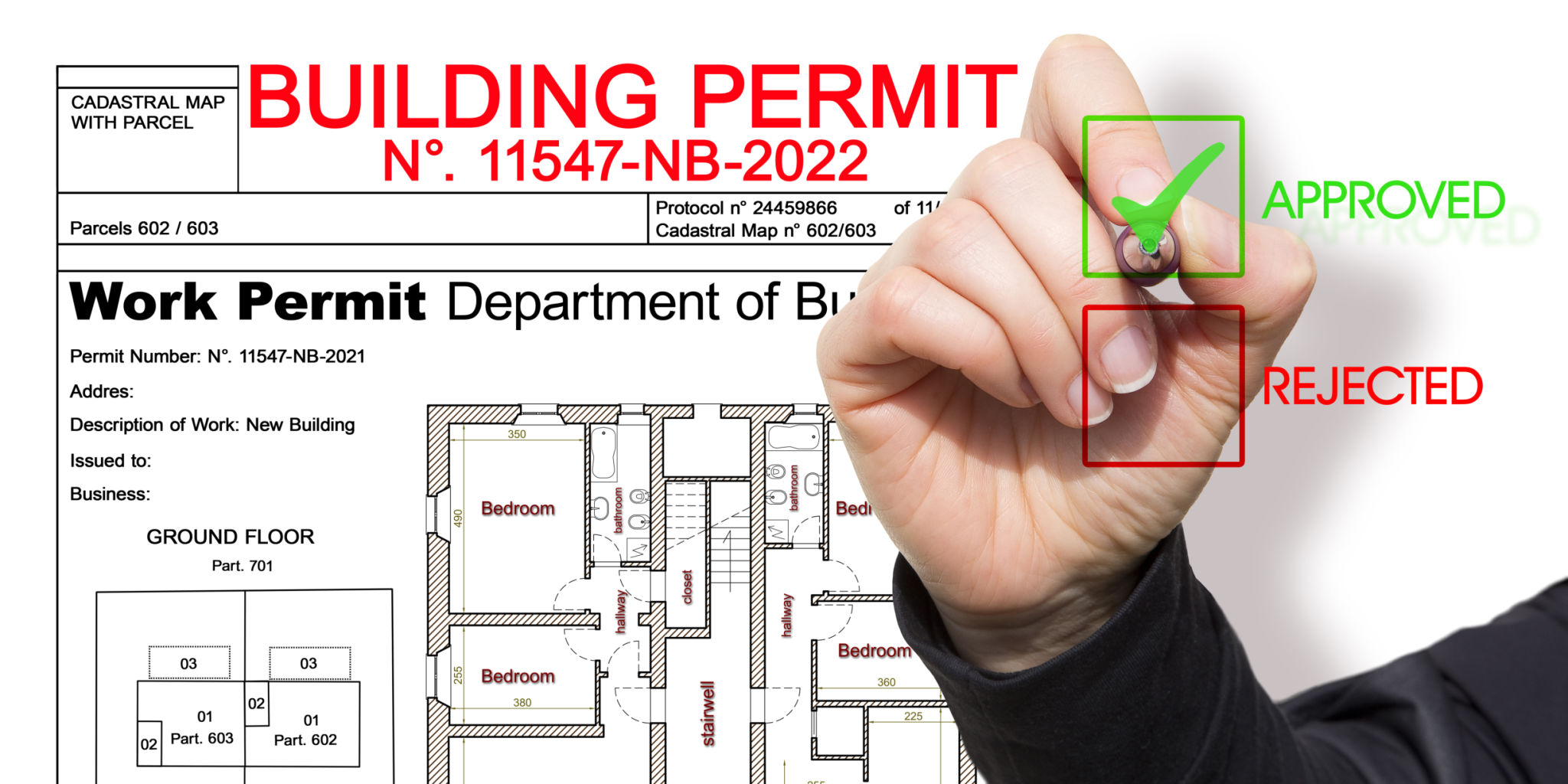A Step-by-Step Guide to Installing Renewable Energy Systems in Baltimore Homes
Ki
Understanding Renewable Energy Options
Baltimore homeowners have a variety of renewable energy options to consider when looking to reduce their carbon footprint and energy costs. The most common systems include solar panels, wind turbines, and geothermal heat pumps. Each system has its own set of benefits and installation requirements, making it essential to choose the one that best fits your home’s needs and location.

Evaluating Your Home’s Energy Needs
Before installing any renewable energy system, it's crucial to evaluate your home's energy consumption. Start by reviewing past utility bills to understand your average energy use. This will help determine the size and type of system you need. Additionally, consider conducting an energy audit, which can identify areas for improvement in energy efficiency.
Site Assessment and Feasibility
A site assessment is critical to determine the feasibility of installing a renewable energy system in your home. For solar panels, assess the available roof space, orientation, and shading. Wind turbines require an evaluation of average wind speeds in your area, while geothermal systems need suitable ground conditions for installation. Consulting with a professional can help you make informed decisions based on these assessments.

Selecting a Qualified Installer
Choosing a qualified installer is a vital step in the process. Look for certified professionals with experience in installing the specific type of renewable energy system you have chosen. Check reviews and ask for references to ensure their credibility. An experienced installer will provide guidance on the best system size, placement, and any potential incentives or rebates available.
Navigating Permits and Regulations
Installing renewable energy systems in Baltimore requires navigating local permits and regulations. Contact the Baltimore Department of Permits to understand the necessary documentation and fees. Compliance with zoning laws and building codes is essential to avoid any legal issues during or after installation.

Installation Process
The installation process varies depending on the type of renewable energy system you choose. Generally, it involves preparing the site, installing the equipment, and connecting it to your home’s electrical system. For solar panels, this includes mounting panels on the roof and connecting them to an inverter and battery storage system, if applicable. Wind turbines require secure anchoring and connection to your grid.
Post-Installation Maintenance
Once your system is installed, ongoing maintenance is crucial for optimal performance. Solar panels require periodic cleaning to remove dirt and debris, while wind turbines need regular inspection of mechanical parts. Geothermal systems may need occasional checks on fluid levels and pressure. Establish a maintenance schedule with your installer to ensure long-term efficiency.

Monitoring Energy Production
After installation, monitoring your energy production is essential to ensure your system is operating efficiently. Many systems come with monitoring software that allows you to track performance and energy savings in real-time. This data can be invaluable for identifying any issues early and maximizing the return on your investment.
Embarking on the journey to install a renewable energy system in your Baltimore home is a significant step towards sustainability and cost savings. By following these steps, you can ensure a smooth installation process and enjoy the benefits of renewable energy for years to come.